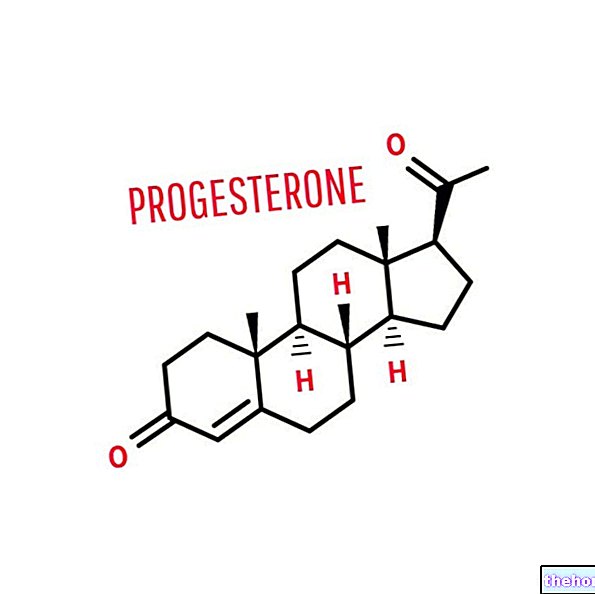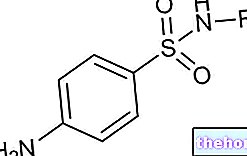
What is Kinzalmono?
Kinzalmono is a medicine that contains the active substance telmisartan. It is available as white tablets (round: 20 mg; oblong: 40 and 80 mg).
What is Kinzalmono used for?
Kinzalmono is used in adults with essential hypertension (high blood pressure). The term "essential" indicates that hypertension has no obvious cause.
The medicine can only be obtained with a prescription.
How is Kinzalmono used?
Kinzalmono is taken by mouth, with meals or between meals. The usual recommended dose is 40 mg once daily, but some patients may find benefit using a 20 mg dose. If the desired blood pressure has not been achieved, the dose can be increased up to 80 mg or another medicine for hypertension, such as hydrochlorothiazide, can be added.
How does Kinzalmono work?
The active substance in Kinzalmono, telmisartan, is an 'angiotensin II receptor antagonist', meaning it blocks the action of a hormone produced by the body called angiotensin II. Angiotensin II is a potent vasoconstrictor (a substance that constricts blood vessels). By blocking the receptors to which angiotensin II normally attaches, telmisartan prevents the hormone from working by letting the blood vessels dilate. This results in a drop in blood pressure and reduces the risks associated with high blood pressure, such as stroke.
How has Kinzalmono been studied?
Kinzalmono has been studied in 1,647 patients who have been treated with telmisartan alone or in combination with hydrochlorothiazide. Kinzalmono was compared with placebo (a dummy treatment) and with other medicines for hypertension (atenolol, lisinopril, enalapril and amlodipine). The main measure of effectiveness was based on the reduction in diastolic blood pressure (blood pressure measured in the " interval between two heartbeats).
What benefit has Kinzalmono shown during the studies?
Kinzalmono was more effective than placebo in lowering diastolic blood pressure, showing similar effects to other medicines for hypertension.
What is the risk associated with Kinzalmono?
Side effects related to Kinzalmono are not common. However, the following side effects have occurred in 1 to 10 out of 1,000 patients: hyperkalaemia (high blood potassium levels), syncope (fainting), insomnia, dizziness, hypotension (low blood pressure), dyspnoea (breathing problems) , abdominal pain, diarrhea, dry mouth, dyspepsia (heartburn), flatulence (gas), hyperhidrosis (excessive sweating), itching, myalgia (muscle pain), kidney impairment (kidney problems), including kidney failure, and pain thoracic. For the full list of side effects reported with Kinzalmono, see the package leaflet.
Kinzalmono must not be used in people who may be hypersensitive (allergic) to telmisartan or any of the other ingredients of the medicine. It must not be used in women who are more than three months pregnant. It is not recommended for use during the first three months of pregnancy. Kinzalmono should not be used in people with severe liver or bile problems.
Why has Kinzalmono been approved?
The Committee for Medicinal Products for Human Use (CHMP) decided that Kinzalmono's benefits are greater than its risks for the treatment of essential hypertension in adults. The Committee recommended that Kinzalmono be given a marketing authorization.
Other information about Kinzalmono:
On 16 December 1998, the European Commission issued a "Marketing Authorization" for Kinzalmono, valid throughout the European Union.The marketing authorization was renewed on December 16, 2003 and December 16, 2008. The holder of the marketing authorization is Bayer Schering Pharma AG.
For the full version of the Kinzalmono EPAR, click here. Last update of this summary: 05-2009
The information on Kinzalmono - telmisartan published on this page may be out of date or incomplete. For a correct use of this information, see the Disclaimer and useful information page.




























